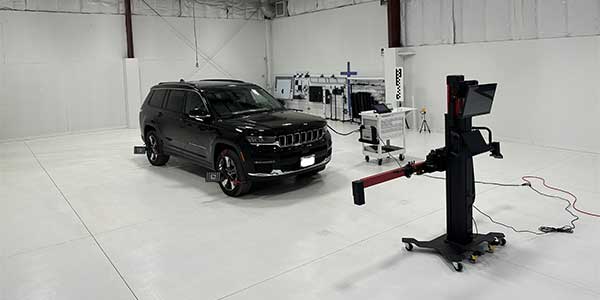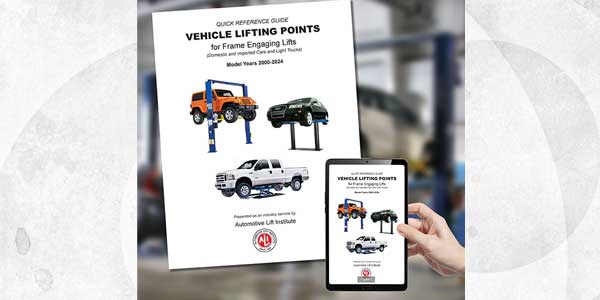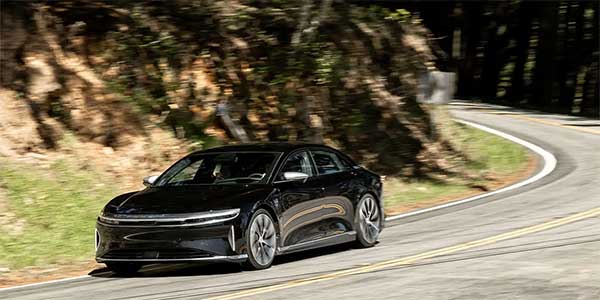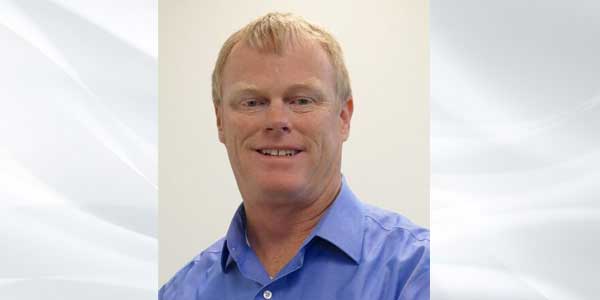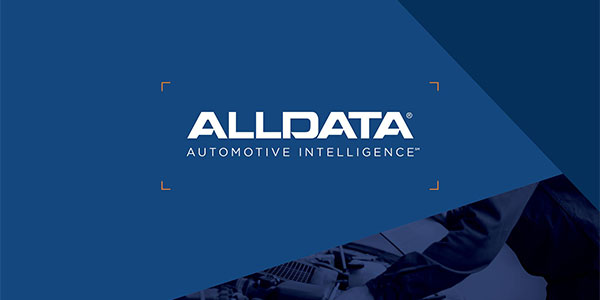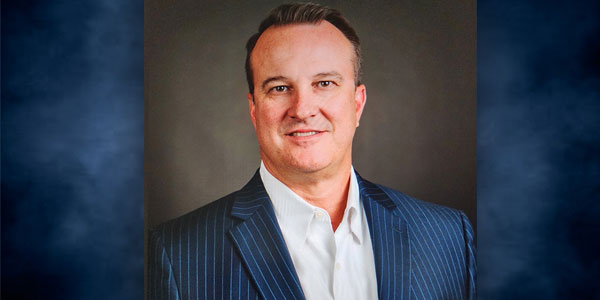The development of autonomous-driving technology is gaining momentum, and vehicles with varying levels of self-driving capability will start to become available to consumers as early as this summer, according to a new report by The Boston Consulting Group (BCG). The report, titled Revolution in the Driver’s Seat: The Road to Autonomous Vehicles, is to be released April 21, 2015.
Revolution in the Driver’s Seat extends BCG’s ongoing research into the trends driving the development and likely adoption of autonomous vehicles (AVs). An earlier analysis, released in January, forecasted that self-driving features could represent a $42 billion market by 2025. It also predicted that partially autonomous vehicles, powered by surprisingly strong consumer interest, were likely to hit the road in large numbers by 2017. A series of enhancements would then follow, making fully self-driving cars a market reality within one decade and a common sight within two.
The new report elaborates on the technological and market evolutions that must occur for self-driving vehicles to become commercially viable. It also pinpoints key obstacles and provides a roadmap for the development of the AV market for the automotive industry, technology providers and regulators.
“The auto industry is at its most significant inflection in a century,” says Xavier Mosquet, a senior partner and managing director in BCG’s Detroit office, the North America leader of the firm’s Automotive practice and a coauthor of the report. “Self-driving vehicles will hit the road sooner than many people realize. And although the journey to market maturity will take 20 years or more, it’s not too soon for auto executives, regulators, and all players in the transportation and tech spheres to start preparing for the sweeping changes on the horizon.”
Adoption Rate Factors
The age of the AV will arrive not all at once, but in stages, states BCG. The first autonomous feature to become available will probably be the single-lane highway autopilot, with Tesla’s planned introduction in mid-2015, followed by GM’s version of the feature, called Super Cruise, which will appear in 2016 on an all-new Cadillac vehicle. By 2017, AVs capable of traffic jam autopilot and autonomous valet parking should be on dealers’ lots, followed by highway autopilot with lane changing in 2018. Vehicles capable of urban autopilot could be ready in 2022, paving the way for fully autonomous vehicles by 2025 – the year when Mercedes, for one, expects to debut its first full autonomous model.
But new entrants from the technology sector could accelerate that timeline and speed adoption – a possibility that underscores why it’s so important for carmakers to act now, while a significant new market is still theirs for the taking.
Mass adoption of self-driving technology will carry with it tremendous economic benefits while disrupting business as usual for a wide variety of companies, including original equipment manufacturers (OEMs), mobility providers and component makers, states BCG. But as the report explains, mass adoption will not occur until sensor technology and integration software are more fully developed, at a potential cost of roughly $1 billion per OEM. Moreover, vehicles must be made secure from cyberattack, and uncertainty over liability must be resolved, social resistance overcome and high-precision maps developed.
“Our survey of U.S. drivers shows that more than 50 percent of consumers would likely buy a partially self-driving car, and more than 40 percent would buy a fully self-driving vehicle,” says Lara Koslow, an Atlanta-based partner and global leader of BCG’s Center for Consumer and Customer Insight. “Fourteen percent of survey respondents said they would pay more than $5,000 extra for highway autopilot, and 17 percent said they would pay that much for multiple features, including urban autopilot and self-parking. Consumers in other markets, such as China, Germany and Japan, would be willing to pay even more.”
Yet despite their general enthusiasm for the AV concept, respondents expressed no clear preference for specific autonomous features. OEMs will therefore be challenged to decide which feature or features they should prioritize in their research and development, says BCG.
Early Entrants
Judging from customers’ stated willingness to pay, OEMs can achieve 25 percent market penetration with a favorable pricing strategy, BCG states. A higher rate of penetration would require OEMs to reduce the cost of other inputs (such as interiors or power trains) or persuade consumers to pay a higher premium.
“OEMs should act now to capture this massive market opportunity,” says Thomas Dauner, a senior partner in BCG’s Stuttgart office, the global leader of the firm’s Automotive practice and a coauthor of the report. “They should make investment in software their priority. Software accounts for almost 40 percent of the cost of autonomous features, which is nearly equal to the cost of the necessary hardware.”
Robo-Taxi?
BCG states that self-driving “robo-taxis” could revolutionize city driving, allowing consumers in large cities, such as New York, to share a commute with three other passengers not only for less than the cost of a conventional taxi but even for less than the all-in cost (including subsidies and capital investments) of a subway ride. And the cost of a robo-taxi ride in another megacity, Shanghai, would be less than the cost of driving a private vehicle, even if the robo-taxi carried only one passenger.
AVs may also accelerate the trend toward car sharing and ride sharing, reducing the number of vehicles – and vehicle sales – in megacities.
Click here to download a copy of the report.
More information:
Consulting Group Says Self-Driving Vehicle Features Could Represent $42 Billion Market By 2025


